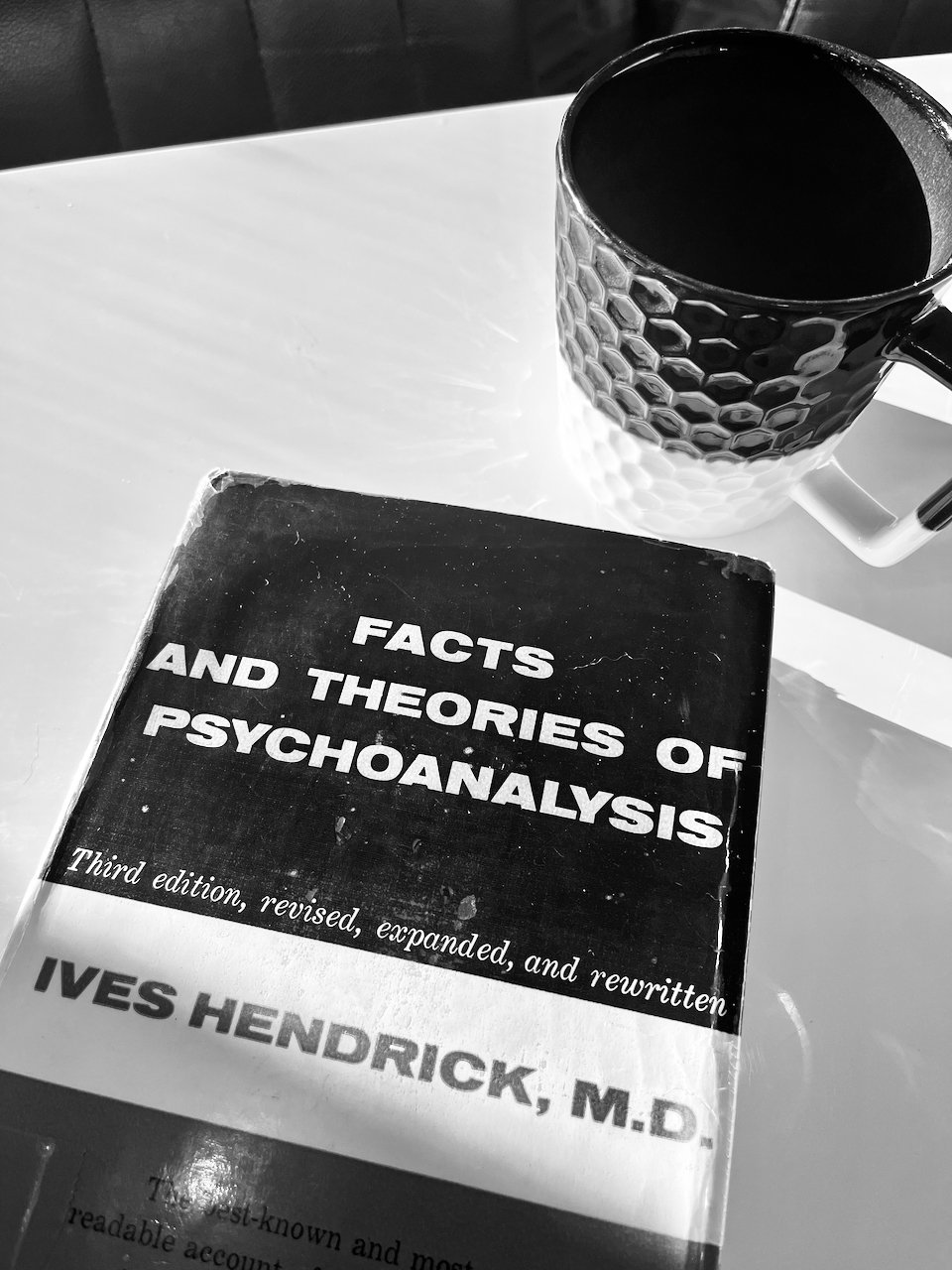On Social “problems” & Sacrificed Alternatives
What is a social “problem”? It is generally a situation which someone finds less preferable than another situation that is incrementally costlier to achieve. If the alternative situation is no costlier, it would already have been chosen and there would be no “problem” remaining. In both theory and practice a social problem is likely to be one of the higher-valued unfilled desires–one that is almost but not yet quite worth the cost of satisfying. Such situations are inherent in the incremental balancing of costs and benefits, which is itself inherent in the condition of scarcity and trade-off. A “solution” to such “problems” is a contradiction in terms. It is of course always possible to eliminate all unfulfilled desires of a given sort–that is, extend the consumption of some benefit to the point where its incremental value is zero–but in a system of inherent scarcity (i.e., unlimited human desires) that means denying some other benefit(s) even more. Much political discussion of problem-solving consists of elaborately demonstrating the truism that extending a given benefit would be beneficial in that particular regard–more airports, day-care centres, rental housing, etc.–without any concern with the incremental value of sacrificed alternatives.
– Thomas Sowell, in Knowledge and Decisions (1980)
On Hermes and Walled Gardens
We know that the European walled garden of the Middle Ages drew many inspired traits from gardens that flourished in Persia, Arabia, and other Near Eastern countries. Among such traits were the geometrical design of the beds, the curiously shaped fountain at the centre, and the strange association with alchemy. Alchemical texts of the Middle Ages show how the garden and the fountain looked. A stone fountain, for example, three or four feet high, built over a well, had sills or tunnels that carried water out to the four directions. The alchemists call such a fountain the fons mercurialis, that is, Mercury's Well, or the Well of Hermes.
The Greek god Hermes has a very ancient connection with walled gardens, in fact with all that is enclosed with or by intent. I find it charming that a can of peaches, for example, is said to this day to be "hermetically sealed." Hermes guides the forming of containers, the establishment of boundaried places, particularly those areas set aside for inward work. A nun's cloister, a meditation room, a deep well, a niche for a god, a relationship in which we intend to cultivate a holy tree, a closed tomb, the lover's room, the philosopher's study, the alchemist's vessel are all hermetic containers.
– Robert Bly, in Iron John: A Book About Men (1990)
On the Sensation of Objective Morality
Many writers argue that evolutionary considerations concerning our ethical inclinations force us to revise our understanding of key aspects of our normative ethical inclinations. Take, for example, the sense of objectivity that accompanies many of our moral judgments. Our understanding of the evolutionary origins of morality have made it overwhelmingly likely that although we often have the distinct sense that our moral judgments are objective, they really are not. Morality stems from human nature, and our nature is as it is because of our evolutionary past. In short, these writers argue that our moral sentiments are as they are because they provided an evolutionary advantage, and not because our moral sentiments reflect an objective feature of the world
However, these writers argue, the sense that morality is objective is crucial to morality performing the evolutionary task that it does. That is, the apparent objectivity of moral judgments is a crucial component of morality. The sense of moral outrage we feel when we hear of cases of murder, rape, child abuse, and the like, the sense that the action really is wrong–in short, the sense we have that expressions of moral outrage are not just expressions of preferences but rather are expressions of fact–is crucial to the evolutionary role morality plays. Morality could not have played the evolutionary role it played, such writers argue, without this sense of objectivity.
But we can now see, from understanding the evolutionary origins of our moral sentiments, that this sense of objectivity is an illusion. It is an important illusion, granted, and not one that disappears once it is pointed out, but an illusion nonetheless.
– Jesse Norman, in Adam Smith: What He Thought and Why It Matters (2018)
On Needless Wordage & Unusable Stimuli
What, then, was man's true life? The utilitarian had a ready answer: it consisted in having more wants that could be supplied by the machine, and inventing more ways in which these wants could be varied and ex-panded. Whereas the traditional religions had sought to curb appetite, this new religion openly stimulated it: forgetting its hungry Olivers, who could with pathetic justice ask for more, it licensed its Bounderbys to unlimited consumption and surfeit. In the name of economy, a thousand wasteful devices would be invented; and in the name of efficiency, new forms of mechanical time-wasting would be devised: both processes gained speed through the nineteenth century and have come close to the limit of extravagant futility in our own time. But labor-saving devices could only achieve their end that of freeing mankind for higher functions— if the standard of living remained stable. The dogma of increasing wants nullified every real economy and set the community in a collective squirrel cage.
Thus the universal use of the telephone has caused the abandonment of the far more economic written memorandum or postcard for brief intercommunication: the invention of the radio has caused the time-consuming human voice to displace the swift human eye even in the consumption of daily news: the cheapened cost of printing has added to the amount of needless wordage and unusable stimuli that assail modern man in newspaper, magazine, pamphlet, prospectus, folder, advertisement.
On the basis of its quantitative success, this untrammeled productivity and activity should result in boundless satisfaction: but its massive actual result is confusion, frustration, impotence. The mechanical expansion of human appetites, the appetite for goods, the appetite for power, the appetite for sensation, has no relation whatever to the ordering of the means of existence for the satisfaction of human needs. The latter process requires a humane scale of values and a priority schedule for their fulfillment which puts first things first. No such scale existed in the utilitarian ide-ology. Without critical inquiry it assumed that the new was better than the old, that the mechanical was better than the vital, that the active was better than the passive, that the financially profitable was a sufficient indication of the humanly valuable. All those unqualified assumptions were demonstrably false.
– Lewis Mumford, in The Condition of Man (1944)
On The Hubris of Science (File Under: That Didn’t Age Well)
We have learned a great deal about the handling of dangerous microbes in the last century, although I must say that the opponents of recombinant-DNA research tend to downgrade this huge body of information. At one time or another, agents as hazardous as those of rabies, psittacosis, plague and typhus have been dealt with by investigators in secure laboratories, with only rare cases of self-infliction of the investigators themselves, and none at all of epidemics. It takes some high imagining to postulate the creation of brand-new pathogens so wild and voracious as to spread from equally secure laboratories to endanger human life at large, as some of the arguers are now maintaining.
– Lewis Thomas, from his essay The Hazards of Science collected in The Lives of a Cell: Notes of a Biology-Watcher (1974)









